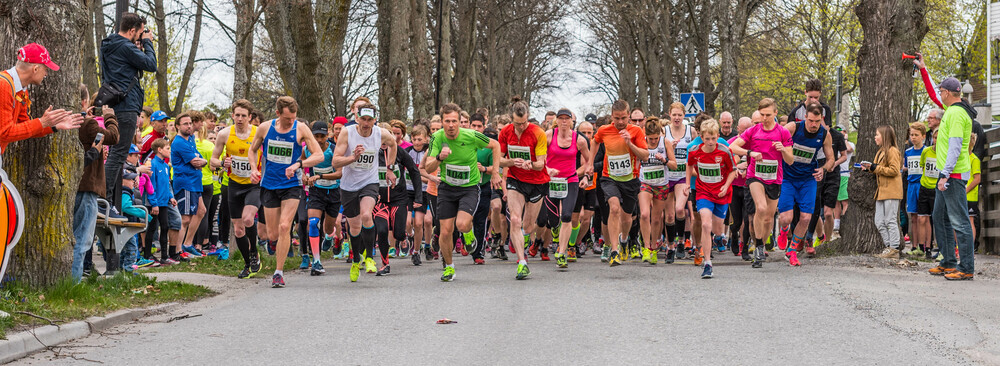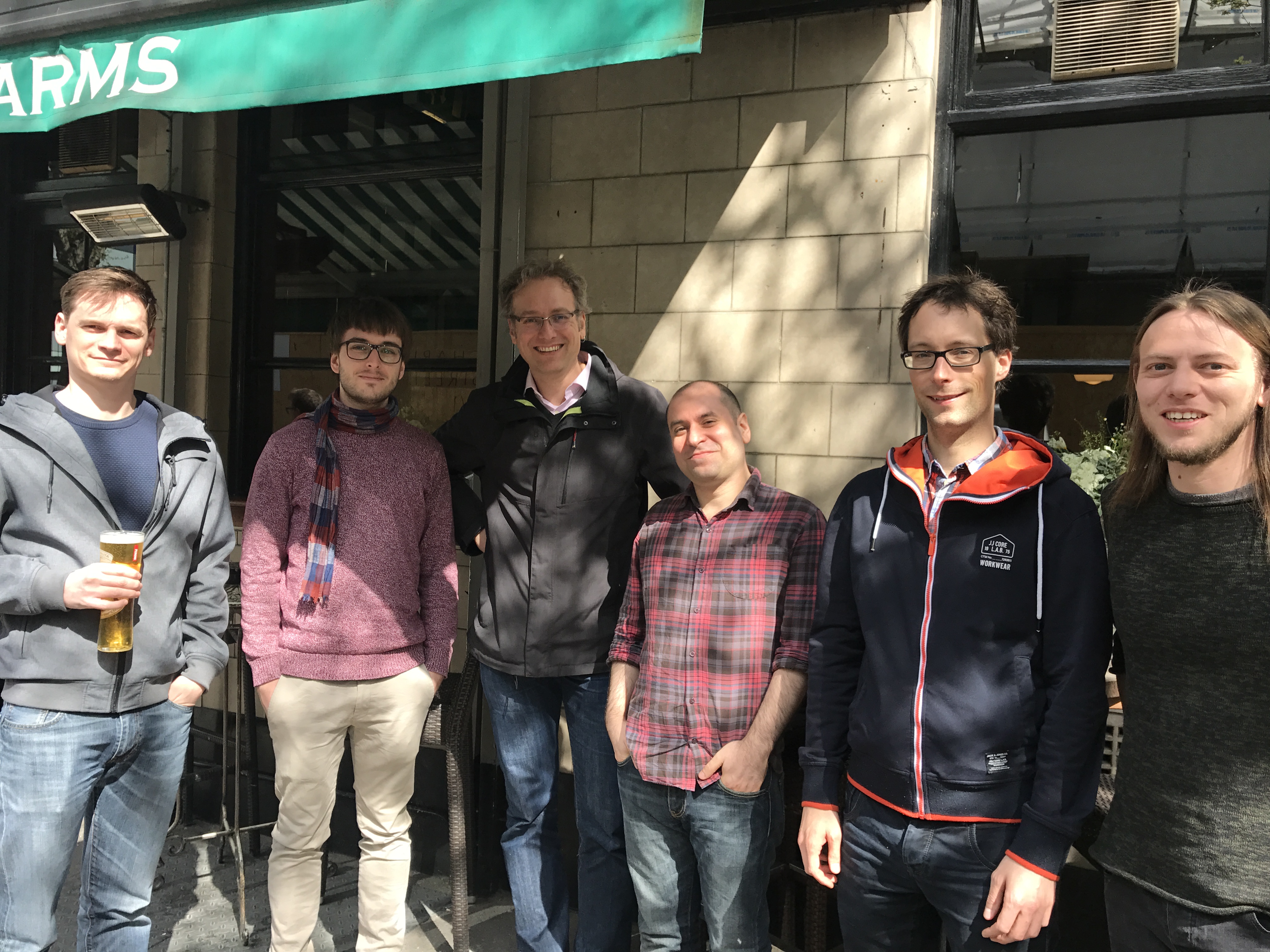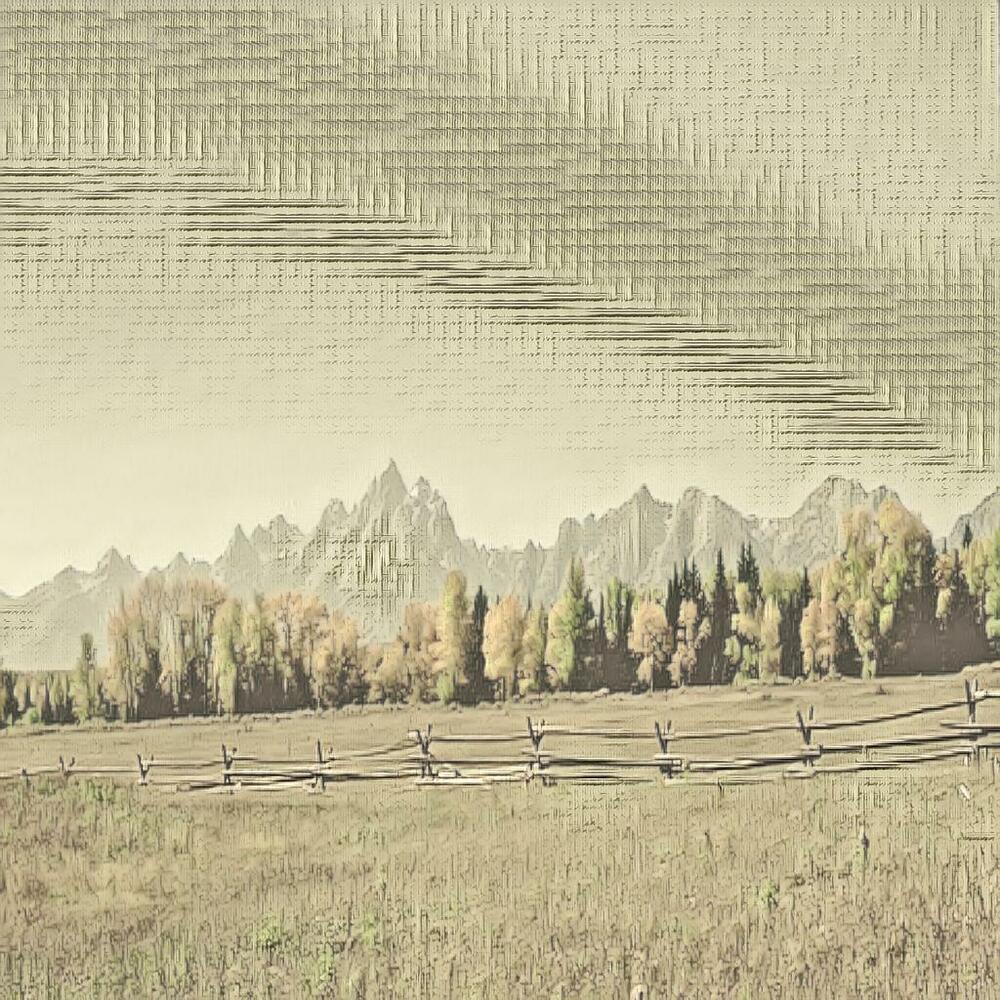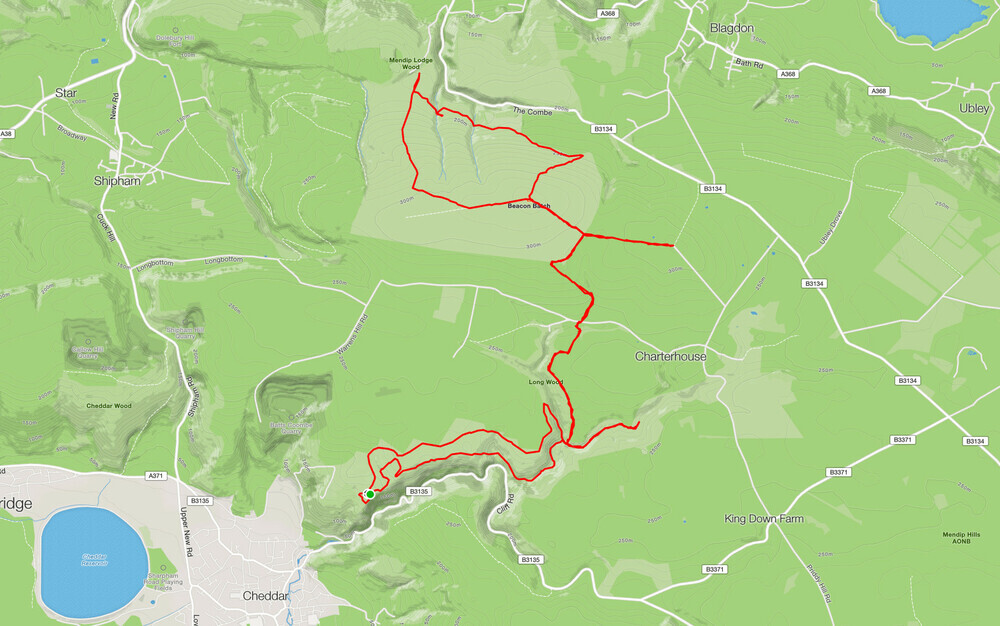30 Nov 2017
.
running
.
A lesson in stopping
Comments
For a long time now I have pushed my self to run further, faster and harder; this year has been the pinnacle of that with some of my heaviest running months and one of my lowest. Resulting in running over 1000miles in a year, an enormous unplanned achievement. But being plagued by persistent injuries of many varieties, I pushed on and didn’t listen to the needs of my body. Hoping and praying, that it wasn’t serious. Amazingly I have survived through, but as the year comes to a close, I’m doing a conservative Advent Running period and slowing down to enjoy time with my dog, Pixel.
After running (and walking) Lisbon marathon I came back with an aim to do Pisa marathon just two months later to be confident in saying I had run a marathon this year. It is incredible how psychologically I had convinced myself that this was my aim for the year and I would push myself to achieve it. But a terrible tumble pushed my multiple times already injured ankle over the top.
A month off, scheduled physiotherapy and taking recovery very slow, I’m carefully getting back into running. But on reflection over the year I can see the clear mistakes I have made. I’m not a professional runner, it is a hobby, marathons are great goals but times are not. My best runs in training were when I wore the GPS watch but actively avoided looking at it. Over 20miles and not caring about pace is lovely especially when you are running down the coast of Italy.
So the plan for next year is to do smaller more frequent goals, recovery permitting. To stop running to a time and to start running to explore and with the awesome people of the running community. It seems a little early to set goals for next year, but a month off running has given me a lot to reflect on.
Run wise!
25 Apr 2017
.
research
.
Texture Stationarization: Turning Photos into Tileable Textures
Comments
I’m very proud to announce our recent paper at Eurographics 2017 in Lyon today the spotlight was showcased, with narration by Joep Moritz. If you didn’t get the chance to see it, an extended version is now available on YouTube.
06 Apr 2017
.
research
.
Leaving UCL meal with Tim's group
Comments
After being with Tim Weyrich’s group for almost a year and a half yesterday we had our final group lunch and a cheeky beer. It has been great working with everyone at UCL, not just in the immediate group and in that vain more shenanigans to come.
26 Aug 2016
.
research
.
Transferring old book image style to real world photos
Comments
Style transfer has become a popular area of research and with public applications such as Prisma based on Neural Style Transfer [Gatys'15]. Earlier this week I wanted to answer the question does it really work for understanding the larger style and context. In contrast to [Wang'13] where they learnt an artistic stroke style, how does it compare. The British Library Flickr 1m+ dataset [BL'13] provides an interesting application of this, where there is an inherent style for transferring.
So having read the papers around this previously, I was fairly sure it would not transfer very well, but on the chance that local statistics can enforce something coherent it was worth running (and also gave me a chance to play with such networks). So by taking a few examples, these are the best results from transferring from the BL'13 to the Berkeley Segmentation Dataset (BSDS500) [BSDS500'11]
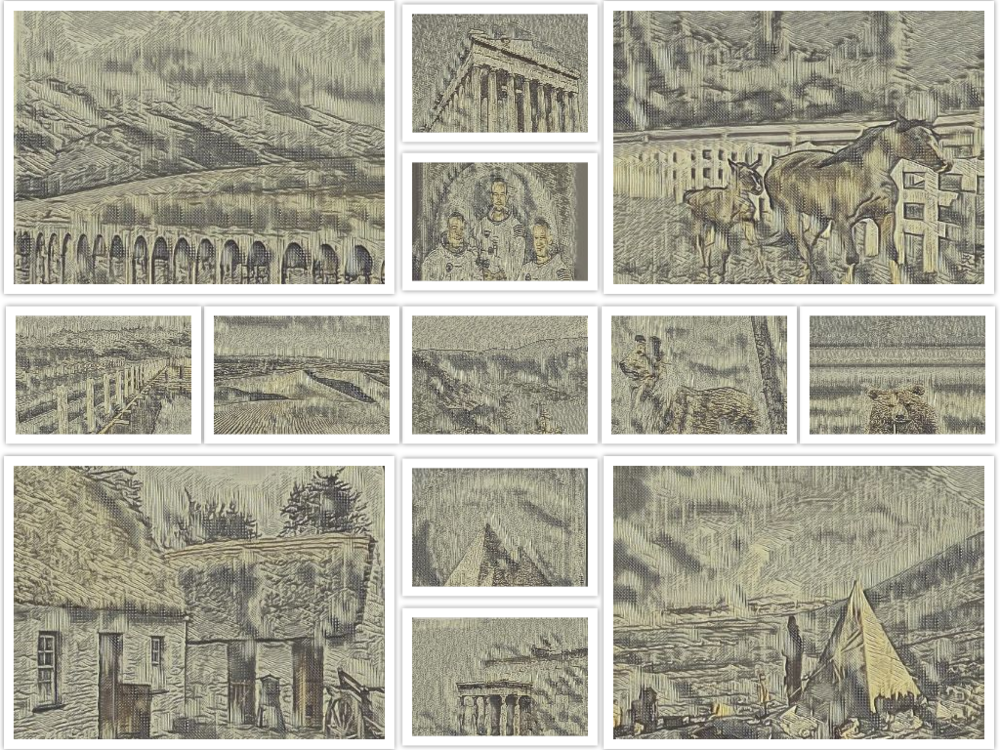
These results were achieved using the Texture Nets method [Ulyanov'16] trained on a singular example and the most visually appealing results displayed after playing with the Texture / Style weights as well as the chosen example. Code available on GitHub
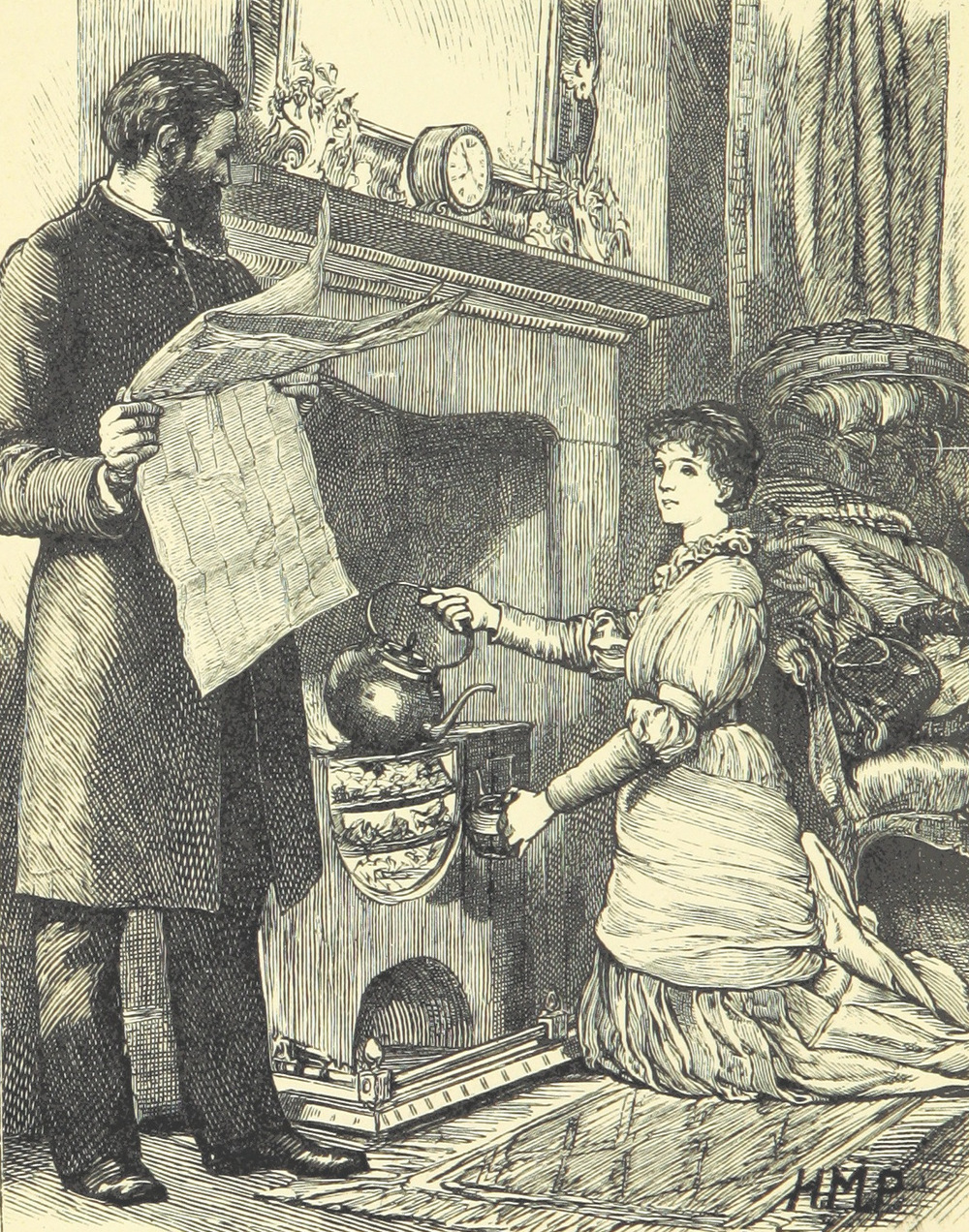
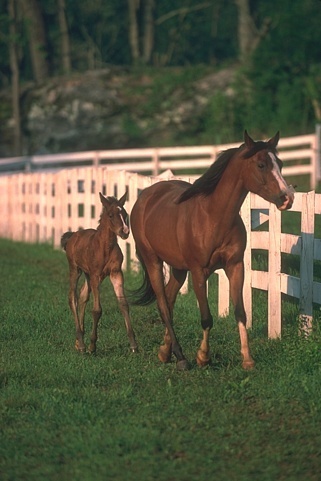
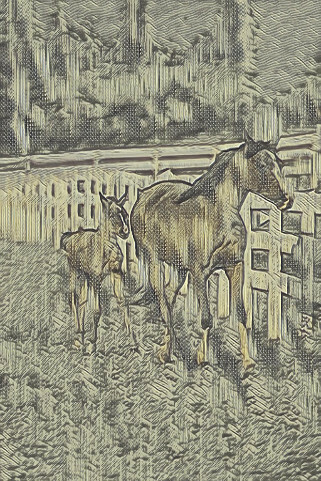
What is quite interesting is if you look at this from a distance they look plausible, but it isn't till you look at one adjacent to another or zoom in you realize that these aren't actually the same style. Logical hatching patterns to describe shadows or depth are ignored, or in the cases where they are present they don't make sense.
As a mini-conclusion, style-transfer, although gaining a lot of hype has still a long way to being accurately reproduced general artistic style. Still the results are interesting and if you aren't looking for exact replication, then it is visually appealing. It must be bared in mind that the British Library dataset is challenging, where the style has been evolving for human understanding over millenniums. A problem to keep working on, possibly guided by transfer learning.
References
[Gatys'15] Leon A Gatys and Alexander S Ecker and Matthias Bethge. "A Neural Algorithm of Artistic Style". Arxiv (http://arxiv.org/abs/1508.06576). 2015.
[Wang'13] T Wang and J Collomosse and D Greig and A Hunter. "Learnable Stroke Models for Example-based Portrait Painting". Proc. British Machine Vision Conference (BMVC). 2013.
[BL'13] British Library Flickr. https://www.flickr.com/photos/britishlibrary/. 2013.
[BSDS500'11] Berkeley Segmentation Dataset. https://www2.eecs.berkeley.edu/Research/Projects/CS/vision/grouping/resources.html#bsds500. 2011
[Ulyanov'16] Dmitry Ulyanov and Vadim Lebedev and Andrea Vedaldi and Victor Lempitsky. "Texture Networks: Feed-forward Synthesis of Textures and Stylized Images. Arxiv (http://arxiv.org/abs/1603.03417). 2016.
21 Aug 2016
.
running
.
Cheddar Gorge Relish Run
Comments
As I continue my crazy running activities I take another shot at the Relish Run Cheddar Gorge half marathon. A great route that takes you up over the hills surrounding Cheddar and past the trig point with views over Weston-super-Mare, my home town.
So this is a hard run and this years challenge was water, to note last years was sun. So I've tried this course into polar conditions (for the UK), it seems that water is more challenging. This was not aided by me getting lost and taking another guy with me.

Well another year another race attempt, hoping for better next year!
